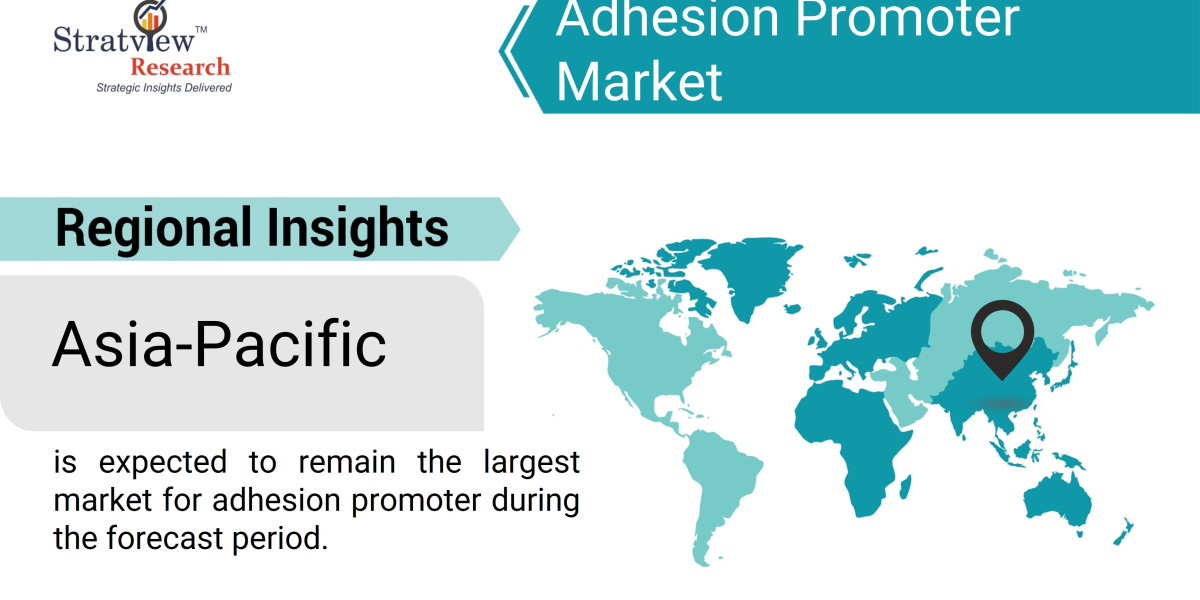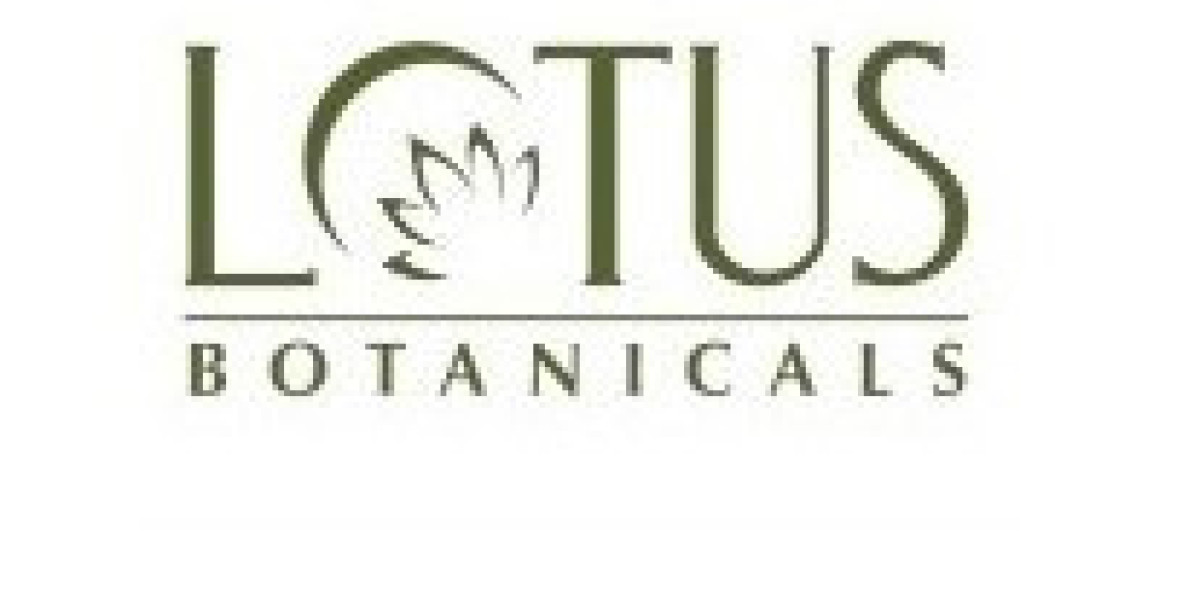The adhesion promoter market is experiencing notable growth, driven by advancements in industrial processes, expanding applications, and increasing demand for high-performance materials. Adhesion promoters, essential for enhancing the bond between substrates and adhesives, play a critical role in various industries, including automotive, aerospace, construction, and electronics. Understanding the key factors driving demand in this market provides valuable insights into its future trajectory.
According to Stratview Research, the adhesion promoter market was estimated at USD 4.05 billion in 2023 and is likely to grow at a CAGR of 5.66% during 2024-2030 to reach USD 5.97 billion in 2030.
Key Growth Drivers
- Technological Advancements in Adhesive Solutions: Technological innovations in adhesive formulations are a primary driver of growth in the adhesion promoter market. Modern adhesives are increasingly engineered to meet specific performance criteria, such as temperature resistance, chemical stability, and mechanical strength. Adhesion promoters help optimize these properties by improving the interaction between adhesive and substrate materials. As industries adopt more advanced adhesive technologies, the demand for effective adhesion promoters continues to rise.
- Expansion of End-Use Industries: The expansion of end-use industries such as automotive, aerospace, and electronics is significantly contributing to market growth. In the automotive sector, for instance, adhesion promoters are critical for ensuring reliable bonding of materials in vehicle assembly, including components like bumpers, panels, and trim. The aerospace industry relies on adhesion promoters to enhance the durability and safety of components subjected to extreme conditions. Similarly, the electronics sector uses adhesion promoters to ensure the reliability and performance of electronic devices. The growth in these industries directly drives demand for adhesion promoters.
- Increased Demand for High-Performance Coatings: High-performance coatings and composites are becoming increasingly important in various applications, including protective coatings for infrastructure, marine coatings, and industrial coatings. Adhesion promoters are essential in these coatings to ensure proper adhesion to diverse surfaces and enhance overall performance. The growing emphasis on durability, corrosion resistance, and aesthetic quality in coatings is boosting the demand for adhesion promoters.
- Rising Focus on Sustainable Solutions: Sustainability is a growing trend in the adhesion promoter market. Companies are focusing on developing eco-friendly adhesion promoters that align with global sustainability goals. This includes the use of bio-based materials, reduced VOC emissions, and recyclable formulations. As environmental regulations become stricter and consumer preference shifts towards sustainable products, the market for green adhesion promoters is expanding.
Emerging Trends
- Customization and Innovation: Customization and innovation in adhesion promoters are emerging trends that cater to specific industry needs. Tailored solutions designed for unique bonding challenges are becoming more prevalent, driving demand for specialized adhesion promoters.
- Global Market Expansion: The adhesion promoter market is also experiencing growth in emerging economies, where industrialization and infrastructure development are accelerating. As these regions expand their manufacturing capabilities, the need for high-quality adhesion promoters increases.
Conclusion
The adhesion promoter market is poised for continued growth, driven by technological advancements, industry expansion, and rising demand for high-performance and sustainable solutions. As industries evolve and new applications emerge, the role of adhesion promoters in ensuring effective and reliable bonding will remain crucial, shaping the future of this dynamic market.


